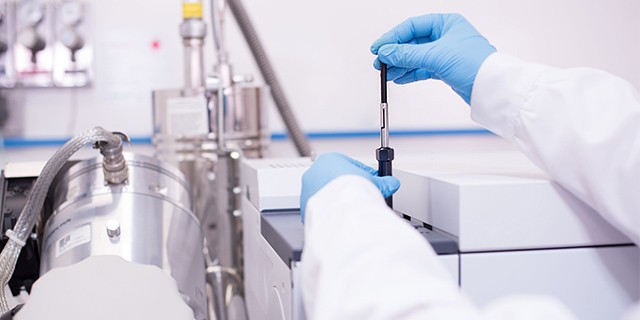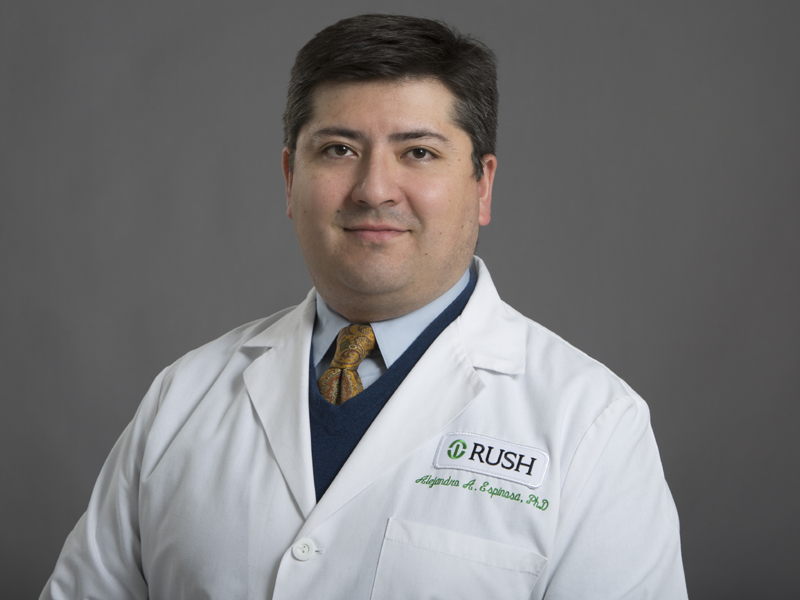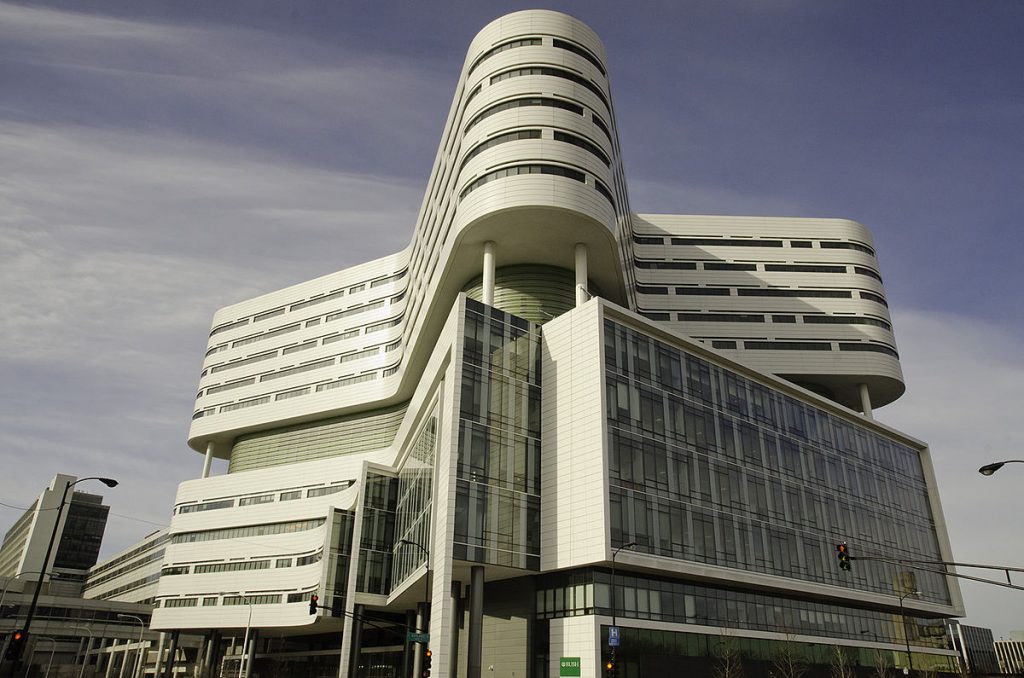3D Printing Industry Expert Interview: Alejandro Espinoza Orias
Alejandro A. Espinoza Orias, PhD, received a licentiate degree in mechanical engineering degree from the Universidad Mayor de San Andres (La Paz, Bolivia) in addition to master’s and doctoral degrees in aerospace and mechanical engineering from the University of Notre Dame. He later completed a postdoctoral fellowship in spine biomechanics at the McKay orthopedic research laboratory at the University of Pennsylvania. He is an assistant professor in the Department of Orthopedic Surgery at Rush University Medical Center. His research interests include joint biomechanics, the study of structure-function relationships in orthopedic materials and tissues and applications of 3D printing in orthopedics.
Espinoza Orias is an active member of the Orthopaedic Research Society, American Society of Mechanical Engineers, American Society for Testing and Materials International, and Sigma Xi, the Scientific Research Society, He conducts peer review on many orthopedic and biomechanics journals and is on the editorial board of PLoS One.
Ese: Tell me about your educational background?
Alejandro: I became a mechanical engineer in my home country of Bolivia. Then I came to the US for grad school. I got my Masters and PhD from Notre Dame. This is where I first started learning about 3D Printing and computer-aided design.
What inspired you early on in your life to get you to this point currently?
I always liked CAD. When I got to grad school I worked on CAD projects. We made some cool prototypes and learned some rapid prototyping. I was focused on finding projects that had very interesting and applicable uses.
Explain more about what you do currently?
I do a combination of things. Having a use case for 3D printing is cool. I get to help patients with 3D printing. In my mind, all of these things are 3D problems. My lab is focusing on image based mechanics. We look at CT, XRAY, and various other imaging technologies. We are able to understand morphology more precisely through 3D visualization. It is awesome for printing and VR/AR applications. For example, If one is to get a hip replacement it is important to have precise tools that are helpful. You must plan for when you are experiencing a problem that does not fit typical anatomy. These tools can be leveraged for these type of situations where a doctor may not have the requisite historical knowledge to diagnose a newer and atypical defect.
What is the future scope of your lab?
We want to be a large lab to print for hospitals. The idea would be to have a center where you can have a lab that has a focus on very good visualization. That is the most important for our future I believe. Complicated systems and complications happen in various fields. We want to be able to break down these systems. It is important to have great visualization as this field is always oriented in how great an image looks.
What is important for someone who wants to work in a lab?
Be curious and ask why. Be good with computers. Be able to think in 3 dimensions. Be able to completely understand anatomy. This type of work is very hands on. It is helpful to have that skill. One should be looking at how things work. How to make things is really important.
Where do you see the field going?
There is a focus on new materials. Printers are able to do even more detailed things. Biomimicry is huge. There is a lot of people doing the same methods as well though. In general the industry is attempting to adopt this. A need for high-end printers is not that necessary in every setting. Different industries are becoming aware. The key is to focus on materials. We want to print a product. Post processing is very important. Companies are focusing on the importance of finishing products now. It is a very interesting development.
 Bioprinting in the lab setting
Bioprinting in the lab setting
What mindset do doctors bring to the field of bioprinting?
People from different backgrounds can be a medical doctor. Doctors focus on caring for patients as that is their passion. It is a lot of varied talent. Surgeons are usually good carpenters. Radiologists are an analytical bunch. In the area I intersect with, radiologists are important as they know how to make images. MD & PhD holders are not all interested in necessarily practicing medicine. They are typically great at research. This field is very interdisciplinary. Leveraging all the talent is essential.
What advice do you have for anyone who is interested in this field?
Be passionate about new technology. Be a hands-on person. It is important to know how to make your own tools. Be open to helping others. This is a patient-driven field. Really push yourself to think in 3 dimensions. It is the key to being excellent within this field. Just be ready for the changes in technology as this field is rapidly developing on a constant basis.
Subscribe to Our Email Newsletter
Stay up-to-date on all the latest news from the 3D printing industry and receive information and offers from third party vendors.
Print Services
Upload your 3D Models and get them printed quickly and efficiently.
You May Also Like
3DPOD 254: Jay Dinsmore, ADDMAN Group
Jay Dinsmore founded the eponymous company Dinsmore years ago. Since then, he’s had many an adventure in hiring people, managing them, training them, keeping them, and getting the best out...
3DPOD 253: Jacob Nuechterlein, Part 2: Fortius Metals, and a Metal AM Materials Masterclass
Jacob Nuechterlein is back with us. Initially we go into Fortius Metals discussing the special materials that firm has for DED. But, the meat and bones of this episode is...
Stifel’s AM Forward Fund Launches, Looking for US Manufacturers to Invest In
The need for greater resiliency in the defense supply chain is real and urgent. One area the US government has been focusing on is building a faster and more sustainable...
3DPOD 252: What’s Really Happening in Bioprinting, with Mark Skylar-Scott, Stanford University
Mark Skylar-Scott is an experienced bioprinting researcher now working at one of the foremost bioprinting labs in the world at Stanford University. We talk about inexpensive desktop bioprinters and their...
































